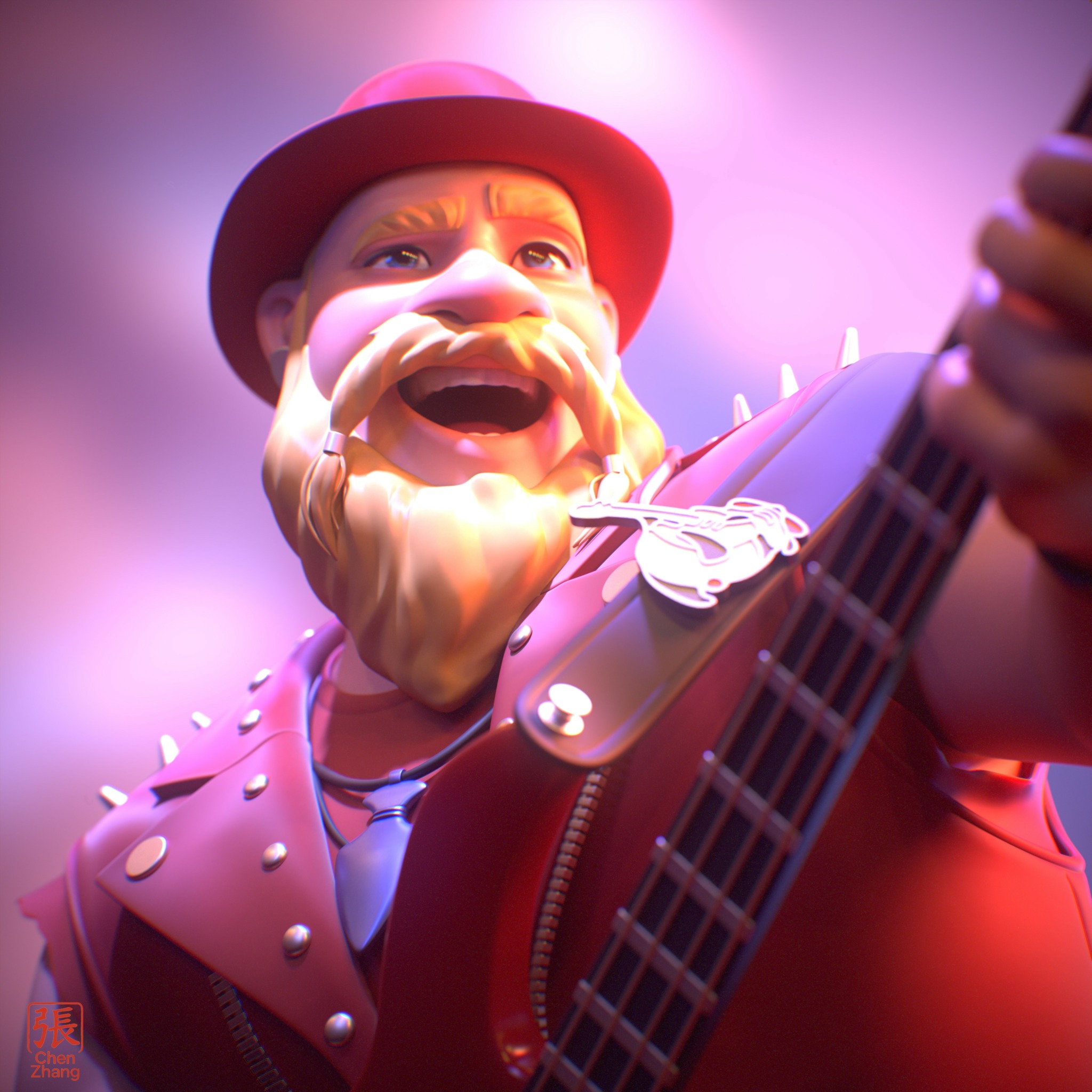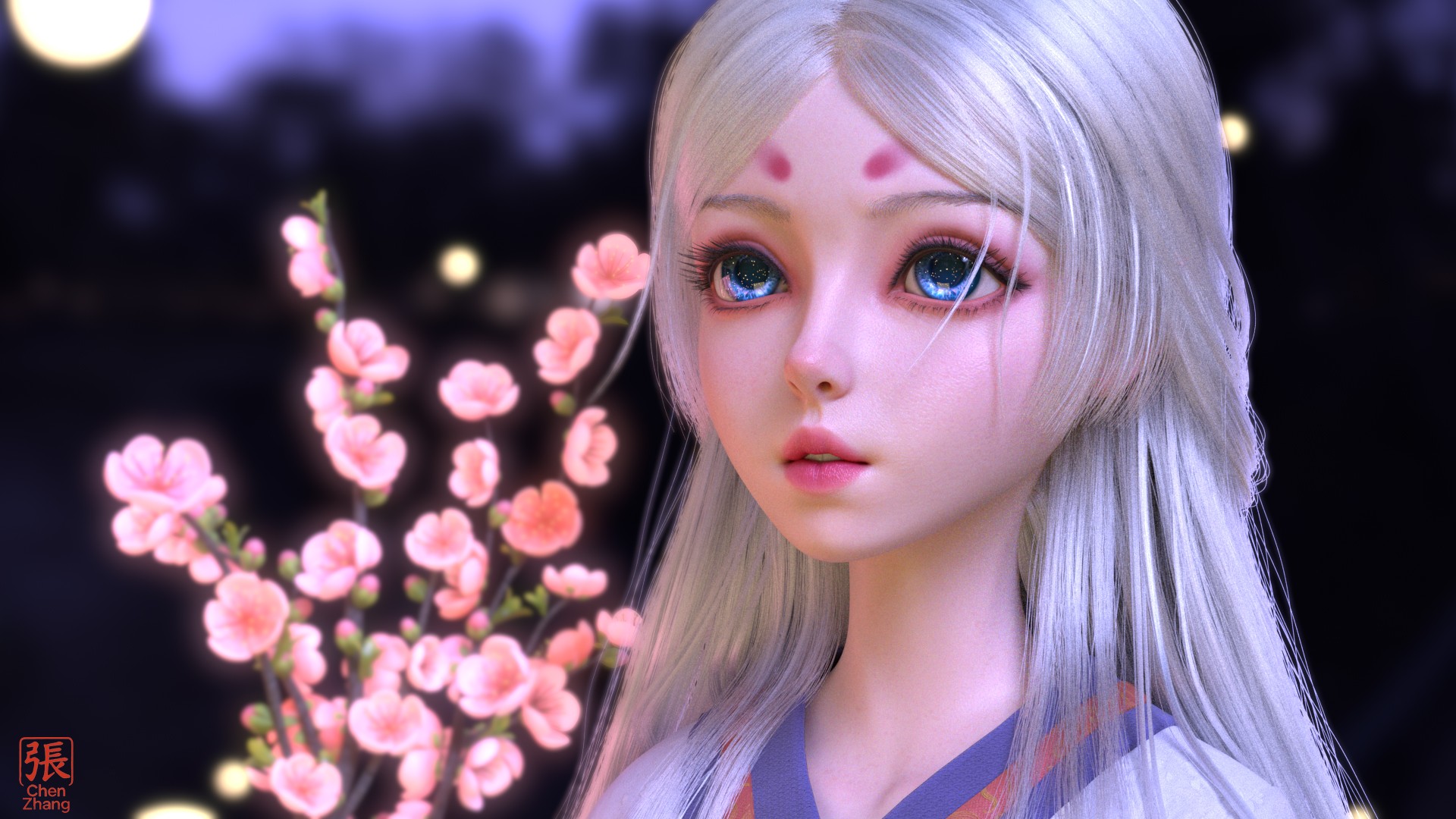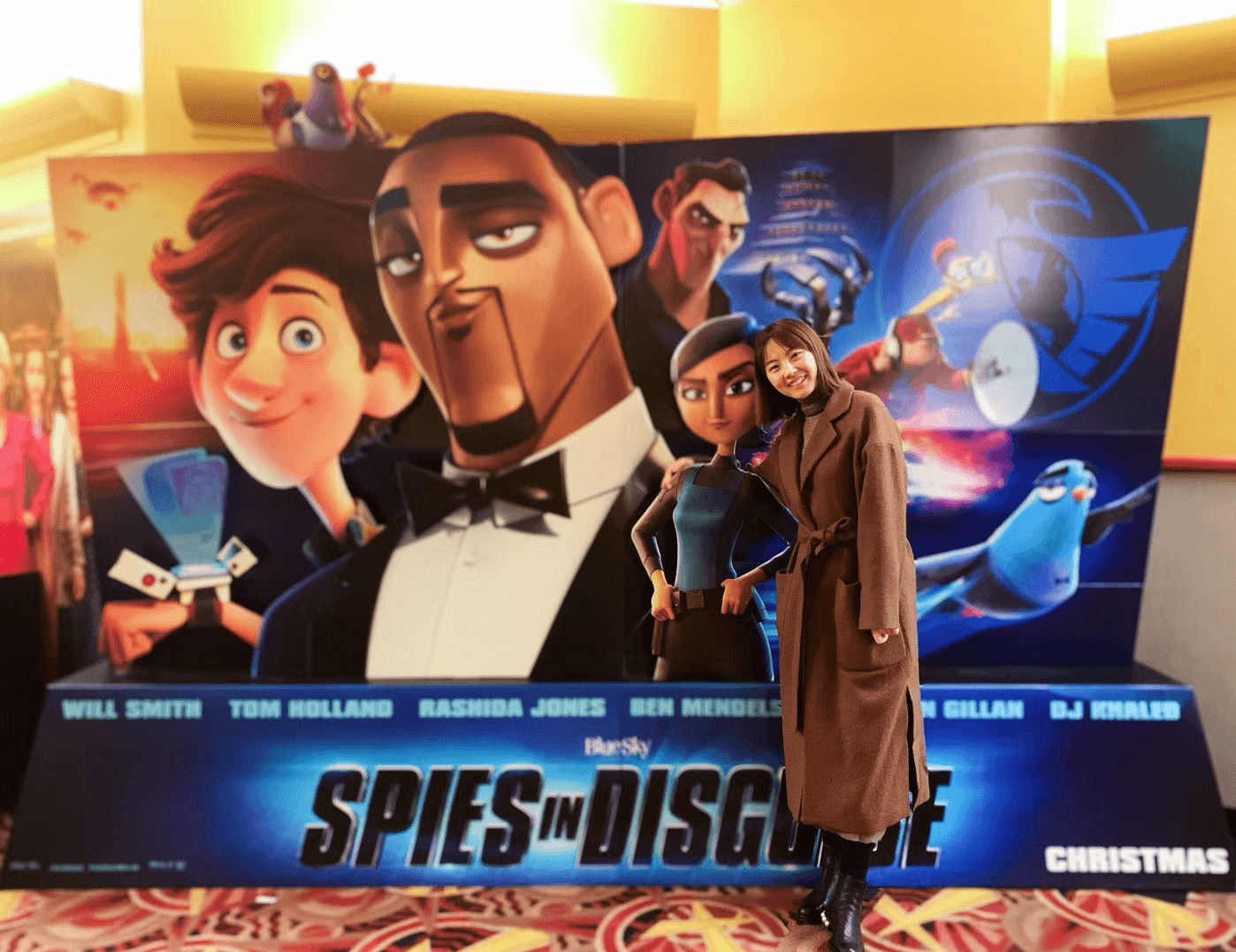We caught up with the brilliant and insightful Chen Zhang a few weeks ago and have shared our conversation below.
Chen, appreciate you joining us today. Can you share an important lesson you learned in a prior job that’s helped you in your career afterwards?
One of the most defining lessons I’ve learned as a 3D modeler came while working on Spider-Man: Across the Spider-Verse. I was tasked with building the Mumbattan Bridge—an intricate, sprawling environment full of stylized geometry and tiny cultural details. At the time, I was relatively new to working on such a massive and high-profile production, and I remember feeling both excited and overwhelmed. I wanted everything to be perfect.
But very quickly, I learned that perfectionism can be paralyzing. My lead reminded me that in production, clarity and communication matter just as much as the art itself. Instead of hiding my struggles, I started asking questions early, showing work-in-progress openly, and collaborating more closely with the team. That shift not only improved the final result—it also helped me gain confidence as a creative professional.
Since then, I’ve carried that lesson with me: creativity thrives when you’re not afraid to be seen in progress. The ability to take feedback, adapt quickly, and stay open-minded has helped me grow much faster than if I’d waited for everything to be “ready.” Whether I’m working on a personal piece or leading junior artists, I always try to create an environment where it’s safe to experiment, fail, and learn.

Chen, love having you share your insights with us. Before we ask you more questions, maybe you can take a moment to introduce yourself to our readers who might have missed our earlier conversations?
Hi! I’m Chen Zhang, a 3D modeler and visual artist working in the animation and entertainment industry. I’ve had the privilege of contributing to projects at some of the world’s leading studios, including Blue Sky Studios, Pixar, Walt Disney Animation Studios, and Sony Pictures Imageworks. Some of the titles I’ve worked on include Spies in Disguise, Luca, Lightyear, Moana 2, Spider-Man: Across the Spider-Verse.
I began my creative path in interior design and later transitioned into animation, initially aiming to become an animator. But early in my journey, I realized I was most drawn to the craftsmanship behind stylized forms and textures—especially when I couldn’t find the quality of models I needed for my animation scenes. That curiosity led me to dive deep into modeling, and it soon became my passion and profession.
Today, I specialize in both character and environment modeling, with a focus on stylized storytelling and emotionally resonant design. What sets my work apart is a sensitivity to visual narrative and a deep appreciation for detail. Whether I’m creating a whimsical bridge in an alternate universe or designing a character’s subtle accessories, I always think about how those elements can enhance story and evoke feeling.
Outside of production, I’m committed to mentoring and giving back to the creative community. I currently volunteer as a modeling mentor at Women in Animation, where I help emerging artists prepare for their first roles in the industry. I’m also building a personal body of work that blends cultural identity, stylized 3D design, and storytelling, sometimes exhibited in galleries, sometimes shared through online platforms.
What I’m most proud of isn’t just the high-profile credits—it’s hearing that a model I created helped someone feel something, or that a mentee landed their first studio job. For me, the heart of this work is connection—between artists, stories, and audiences.
Whether you’re an art director, a young artist, or just someone who loves animated worlds, I hope my work inspires you to see storytelling as a bridge between creativity, culture, and emotion.

Are there any resources you wish you knew about earlier in your creative journey?
Absolutely—so many! When I first transitioned into 3D modeling, I was learning in a bit of a vacuum. I didn’t know where to find mentorship, industry feedback, or even clear examples of what a strong demo reel looked like. I also had no idea where to find internship or job opportunities, or how people even got their foot in the door. I often felt like I was piecing everything together on my own.
Looking back, I really wish I had known about platforms like The Rookies, Women in Animation (WIA), and ArtStation challenges much earlier.
The Rookies is an incredible space not just to post work, but to see what industry-level student work looks like and get feedback. WIA offers mentorship circles and events that are especially helpful for people like me who didn’t grow up with industry connections. Online communities like the Experience Points Discord, Agora Community, and YouTube channels run by working artists are goldmines for learning real-world workflows and getting clarity on the industry pipeline.
I also wish someone had told me that you don’t need to be good at everything to be hireable. You just need to be clear about what you’re good at, and show it well. I spent a long time trying to be “well-rounded,” when I should’ve focused on what lit me up: stylized storytelling through modeling.
Now, as a mentor, I try to share all of these resources with my mentees early on. The right guidance at the right time can make all the difference—not just in skill, but in confidence, direction, and feeling like you belong in this industry.

Can you tell us about a time you’ve had to pivot?
Looking back, I’ve experienced three major pivots in my journey as a creative.
The first was leaving China to pursue further education abroad. I didn’t come from a traditional art background—in fact, I studied interior design and only discovered animation later. Moving overseas meant starting over in a new culture, in a new language, and in a completely unfamiliar discipline. It was overwhelming at times, but also incredibly freeing. I learned to trust myself, stay curious, and lean into the discomfort of growth.
The second pivot came when I shifted from animation to modeling. I originally thought I wanted to be an animator, and I even started my career in that role. But I constantly found myself frustrated by the quality of the assets I was animating, and more drawn to the process of building and shaping the worlds themselves. So I began learning modeling on my own, and slowly transitioned into it full-time. That change helped me discover what I actually love doing—telling stories through form, texture, and design.
The third pivot was more internal: moving from student life into the professional world. It’s not just about getting your first job—it’s about learning how to speak up, take feedback, manage imposter syndrome, and operate as a creative adult. No one really prepares you for that shift. For me, mentorship played a huge role, and now I try to give that back to others.
Each of these moments felt scary and uncertain at the time, but they brought me closer to my voice as an artist. Pivoting, to me, isn’t about failure—it’s about refining who you are and what you’re meant to create.
Contact Info:
- Website: https://www.chenzhang3d.com/
- Instagram: https://www.instagram.com/superchen.z/
- Linkedin: https://www.linkedin.com/in/chen-zhang-54622926/
- Other: https://www.imdb.com/name/nm6510976/




